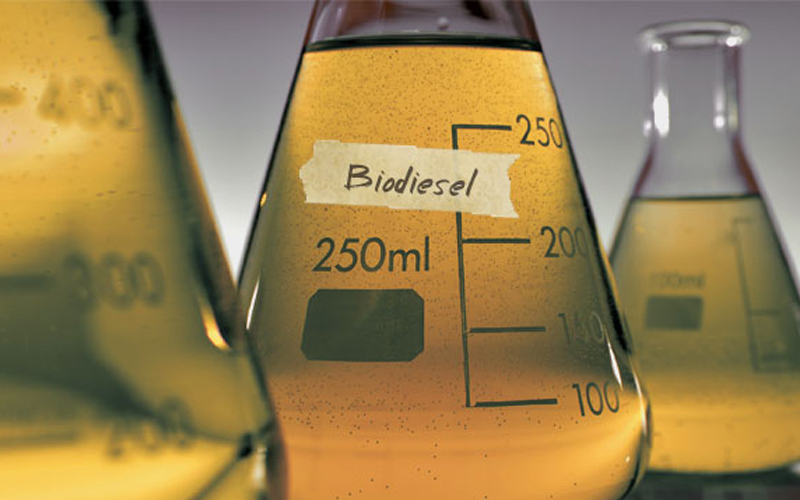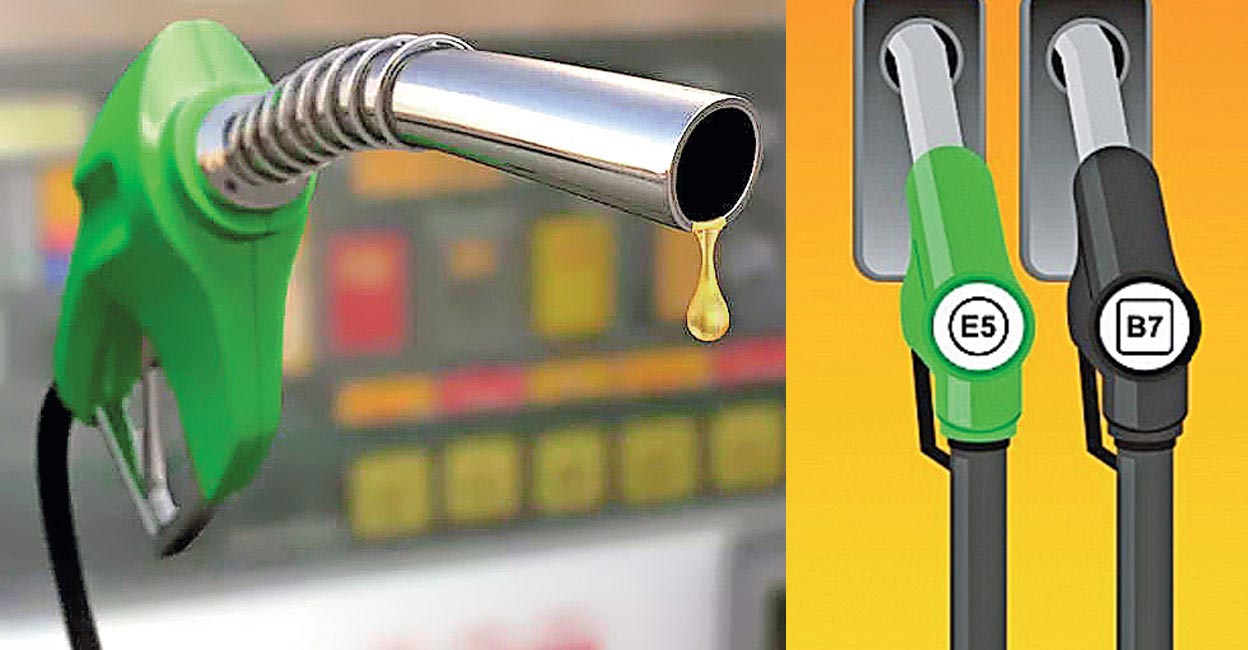Types Of Fuel For Cars - What You Should Know When Driving In The Philippines!
There are many types of fuel for cars that you should know! Check our article to find out the right fuel for your vehicles to preserve it!
Driving is an exquisite process that requires many elements to work together, including fuel. There are many types of fuel for cars to work, and each one has its advantages and disadvantages for your vehicle.
In this article, let's discover five types of fuel for cars that can be suitable for your crossover to run smooth and silk!
Types Of Fuel For Cars
Gasoline
Gasoline is one of the most frequently used kinds of gas types for cars nowadays, especially in the Philippines.
People cultivated crude oil to create this volatile and flammable engine liquid, discarded as a kerosene product. It is sent to an oil refinery, heated above 350°C, and purified to become the common gasoline.

Gasoline
When gasoline is roughly refined, constructors can blend it with ethanol, aromatics, or both before handling them to the gas stations. To protect engines from ruining, additives are added to raise the octane level in the gasoline. Also, gasoline containers are regularly tagged as red.
Sometimes engine knocks can happen in cars, and special components are included in the gasoline to react with the inner chemicals to prevent that situation.
Diesel
When it comes to the fuel that helps heavy-motor vehicles run smoothly like trucks, buses, and trains, diesel is the fuel type we should talk about.
This crude-oil-made fuel has a higher density than gasoline and comes with a more mechanical smell since its chemical composition is C14H30 rather than C9H20. Diesel containers are labeled yellow.

Diesel
It is a common fact that diesel is cheaper to get and use. However, its effect on the environment must be highly considered as it makes up for the sulfur amount in the air, which causes acid rain, and deteriorates engines when used for a long time.
Considering its pros and cons, drivers still prefer diesel to gasoline since it helps large vehicles run efficiently, especially when the oil price rises.
Like gasoline, diesel needs a refining procedure as well. People heat and distill crude oil between 210 and 360 degrees Celsius to create diesel. Though few greenhouse gasses are produced when burning diesel, it creates much nitrogen oxide.
Biodiesel
Forget all the unclean options. We have a much "healthier" kind of gas that your engine can eat up, biodiesel.
It is a renewable combustible extracted from the mix of recycled vegetarian oil, feedstocks, and animal fat. To your surprise, this combination can make your engine run without hurting the environment's quality. According to your engine's needs, there is 5, 20, to 100% pure biodiesel.

Biodiesel
Since all components in biodiesel comprise most fats and veggie oil, the burning process is purified. Yet, it does not bring back efficiency as it causes the filter to clog often, which requires regular replacement.
However, it is still a considerable choice, especially when the environment will receive benefits from most engines run by this fuel.
Ethanol
Filipino cars can get used to one more fuel type, ethanol, or you can call it grain alcohol.
Unlike other fuels made from oil, animal fat, plus veggie oil like biodiesel, this colorless propellant is extracted 100% naturally by sugar's fermentation, yet still flammable and creates a motor for engines! It is one of the safest fuels to use in the Philippines market up to this point.

Ethanol
One more cool thing about ethanol is that everyone may have used it at least once. Some gas stations usually add ethanol with gasoline as a "secret recipe" to power up the engine and highlight the performance of gas itself.
Factories will process its fluid into cellulosic ethanol after harvesting and deriving corn stalks, cactuses, etc. All cars can take ethanol to boost their engine's power, especially flex-fuel cars.
Methanol
Last but not least, methanol - the simplest form of alcohol, yet toxic, unable-to-drink ethanol. Due to its simple characteristics, it has been used widely in Pinoys, especially when oil price keeps rising.
The special thing about methanol is that it is a race fuel. It offers motorbikes lower flashpoints than other fuel, which can be protective when crashes unfortunately happen. The high octane amount is the number one reason motorists choose it as the prioritized fuel.
Which To Choose Between Premium And Regular Gas For Your Engine?
It's essential to decide which is the best fuel for your engine, as each car has a different setting and has a different "feeding" need. Choosing the wrong combustible can cost you money and decrease your vehicle's lifespan.
If your vehicle is only applicable with premium gas, there will be a sticker noticing that only premium unleaded fuel with minimum octane is allowed. Otherwise, you can save yourself a bit of cash with regular gas, and this inexpensive fuel is affordable for both you and your car.
Conclusion
We have presented all the types of fuel for cars! Although there are various types of gasoline in Philippines to choose from, there is only one or two propellant that is the most suitable for your crossover, so choose wisely and economically. Furthermore, we also provide more cars tips and advices that will support you a lot with your ride.
Thank you for reading this article on Philcarnews, and we will see you soon in the next one! Enjoy your ride!
RECENT ARTICLES








